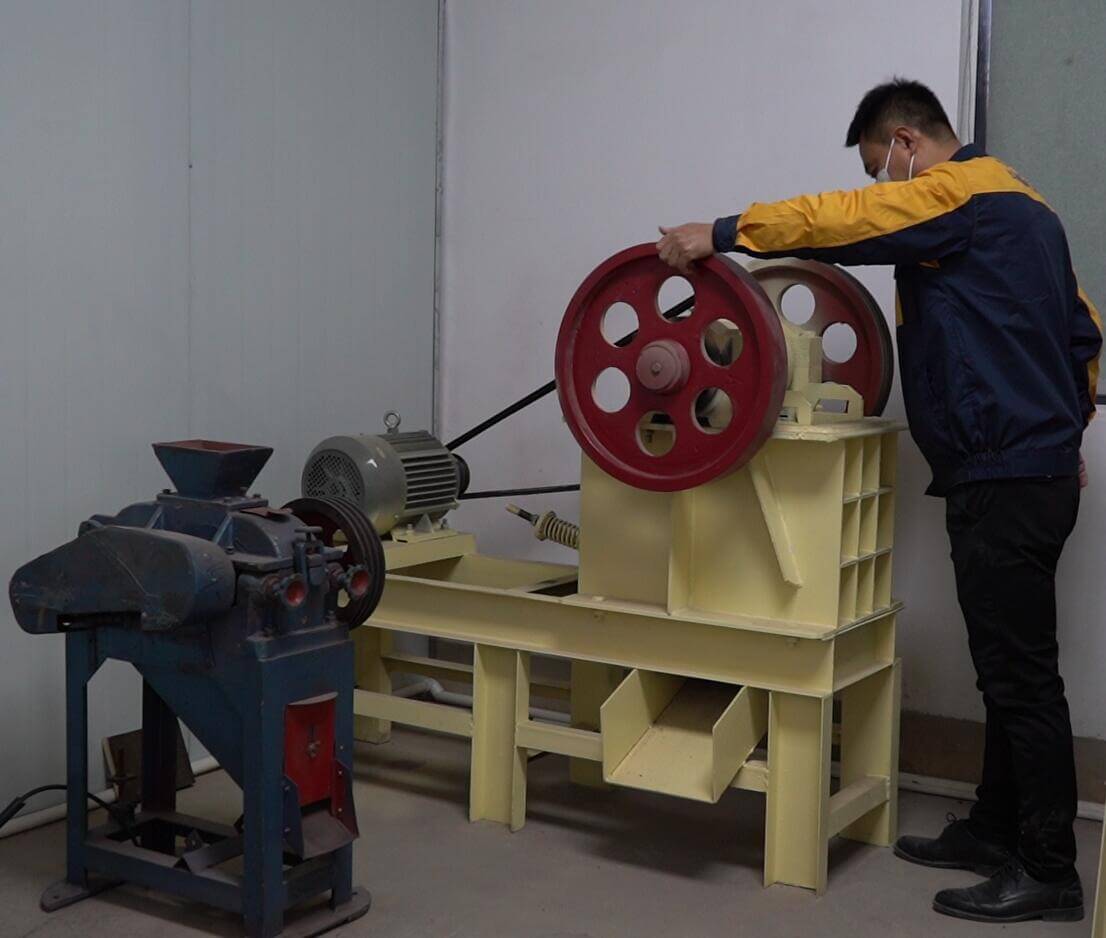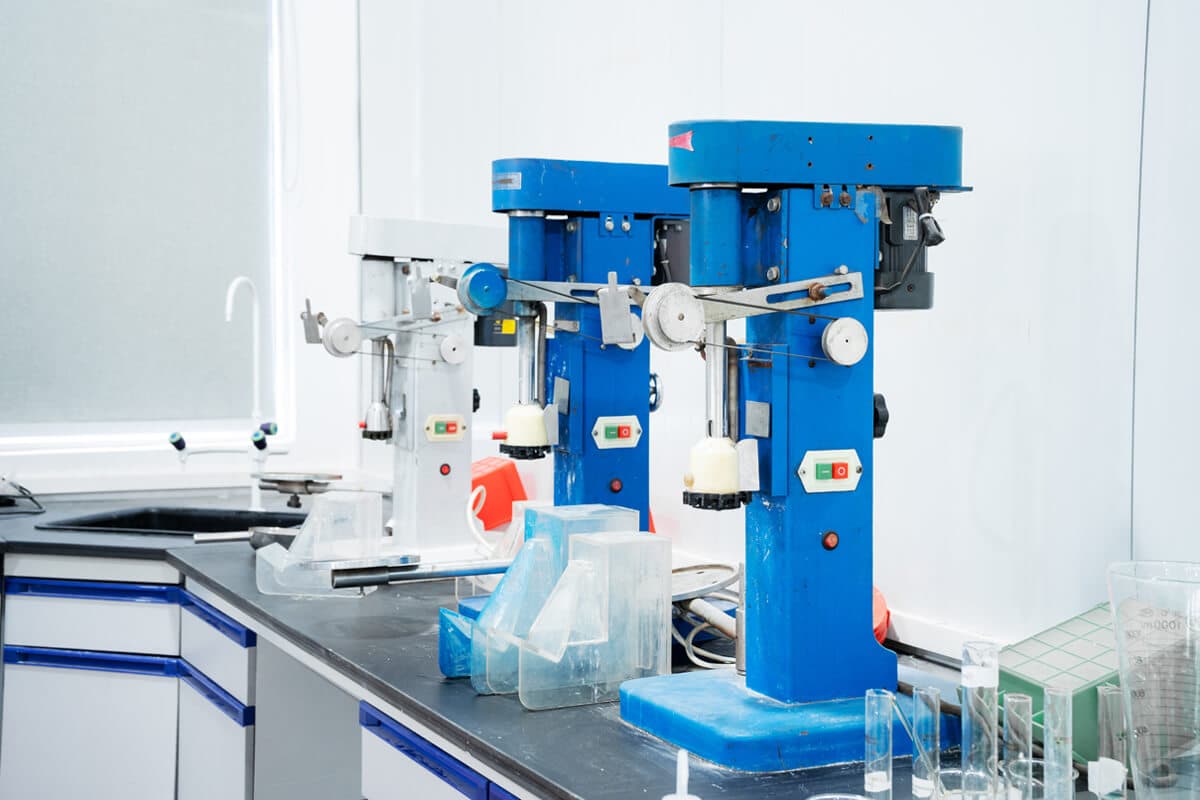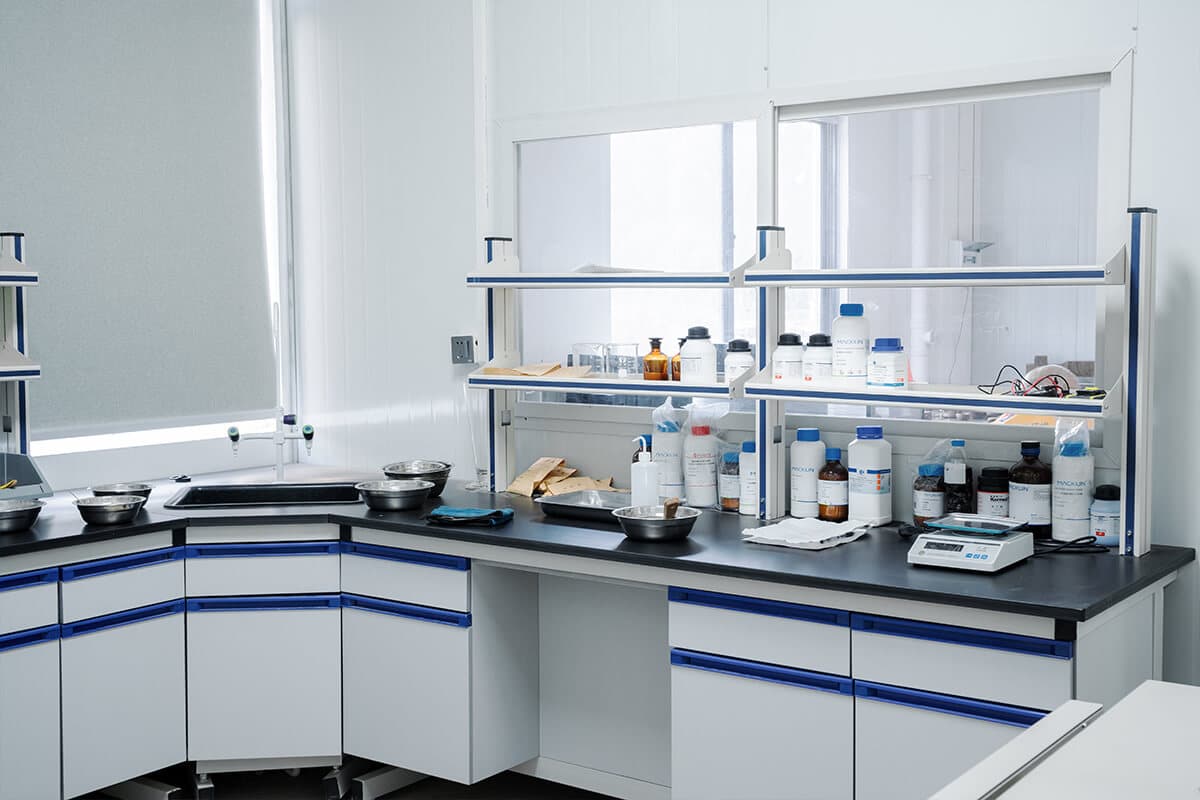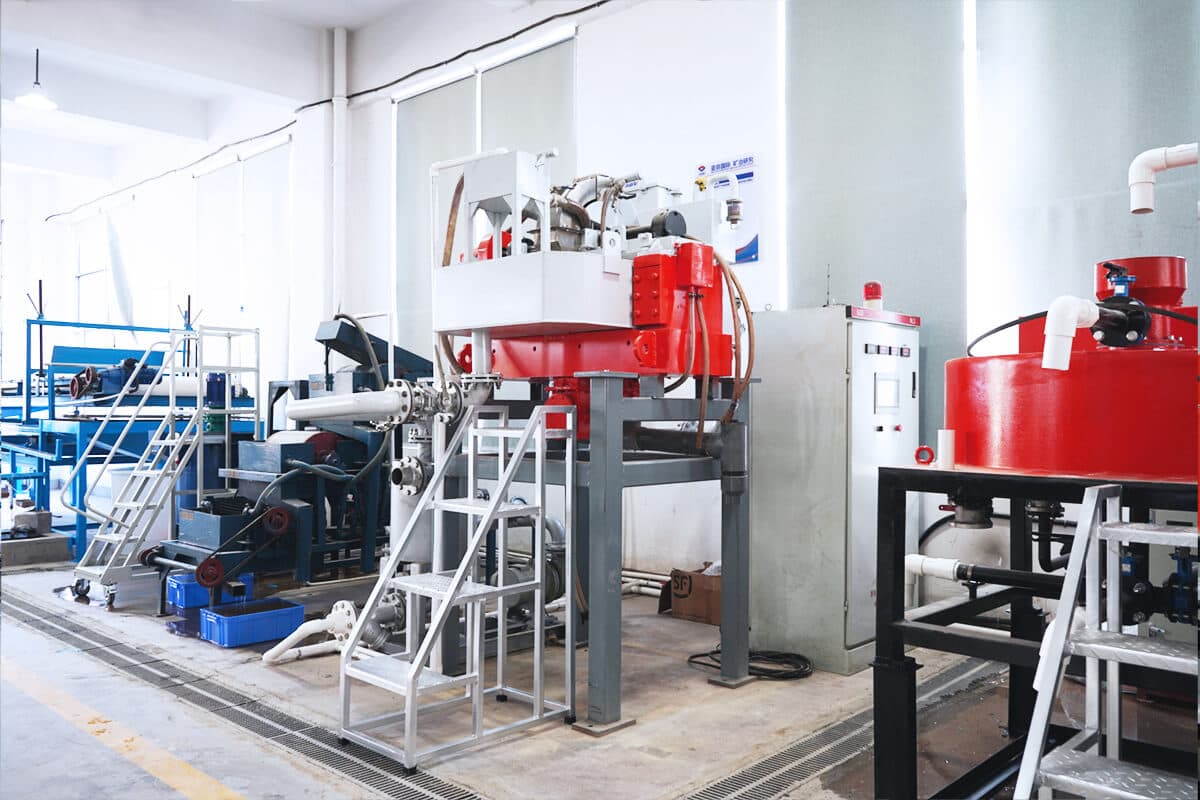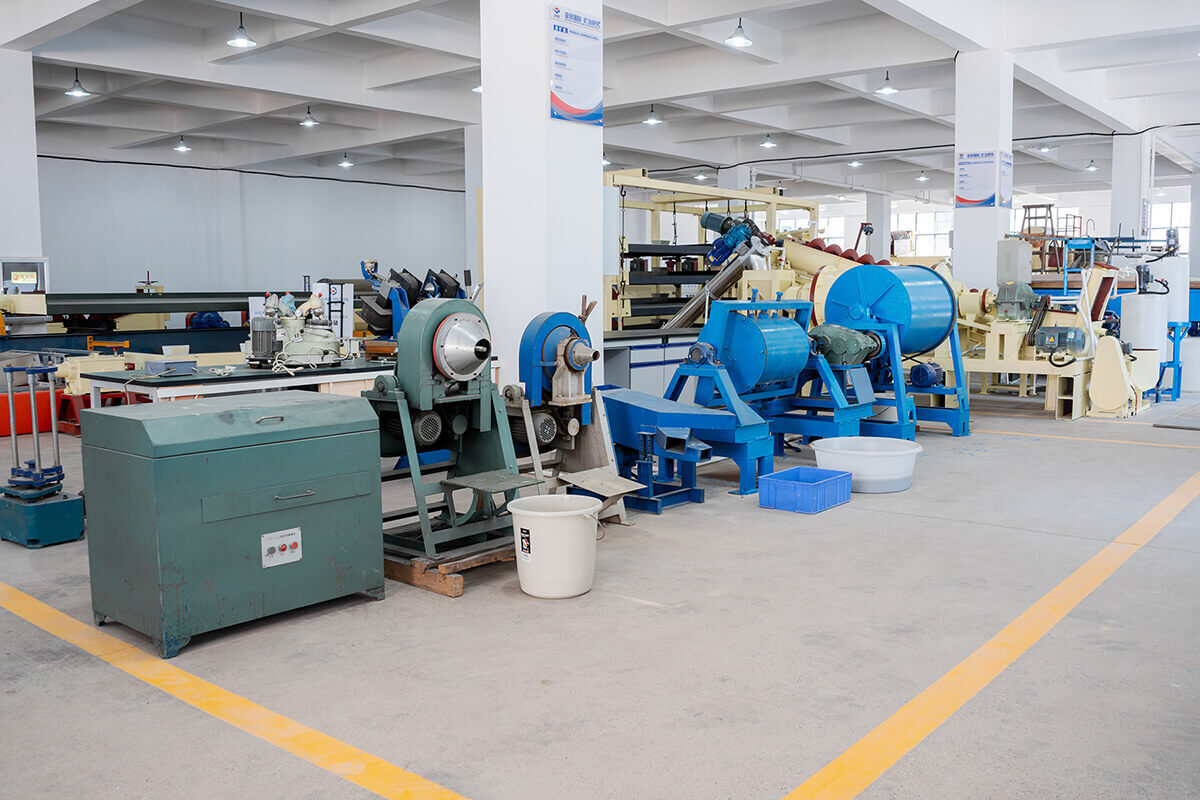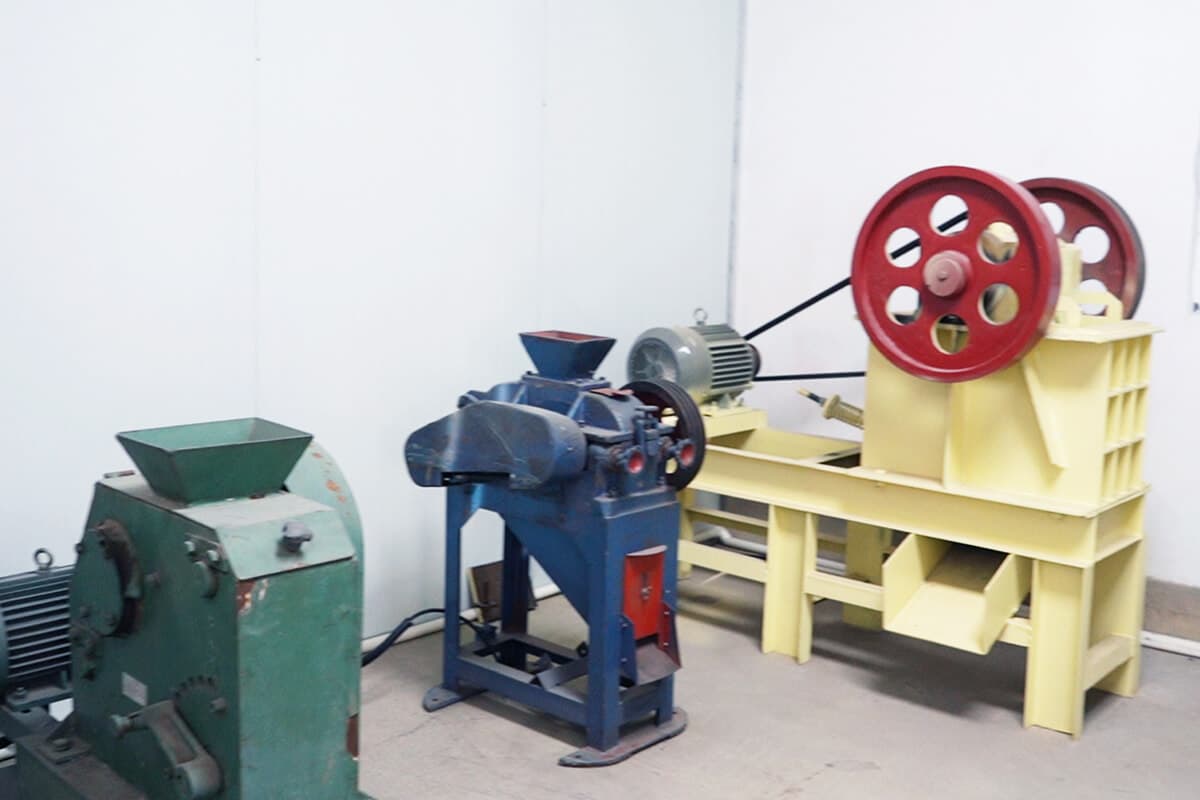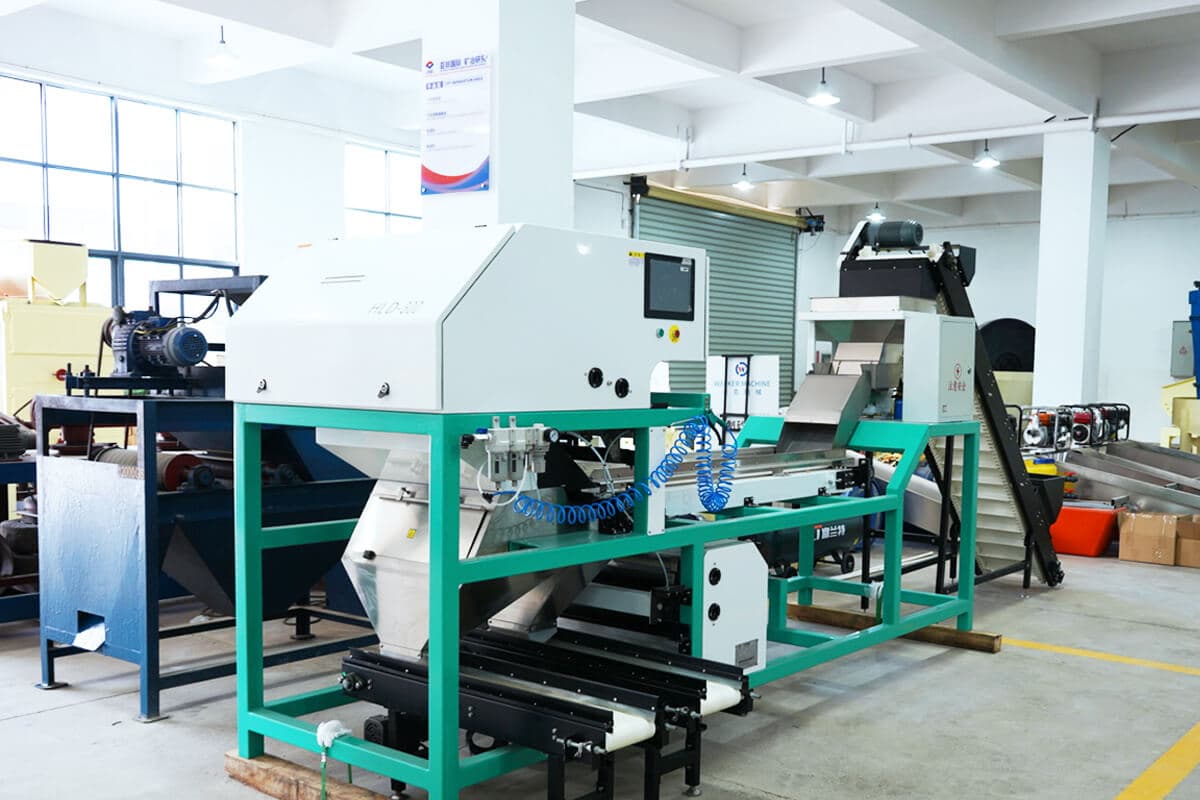Comminution Testing
Suitable comminution circuits are of utmost importance because comminution cost is a large portion of your plant. Our comminution testing helps process optimization, product quality control, equipment selection, energy efficiency, cost savings, and determining the right plant.
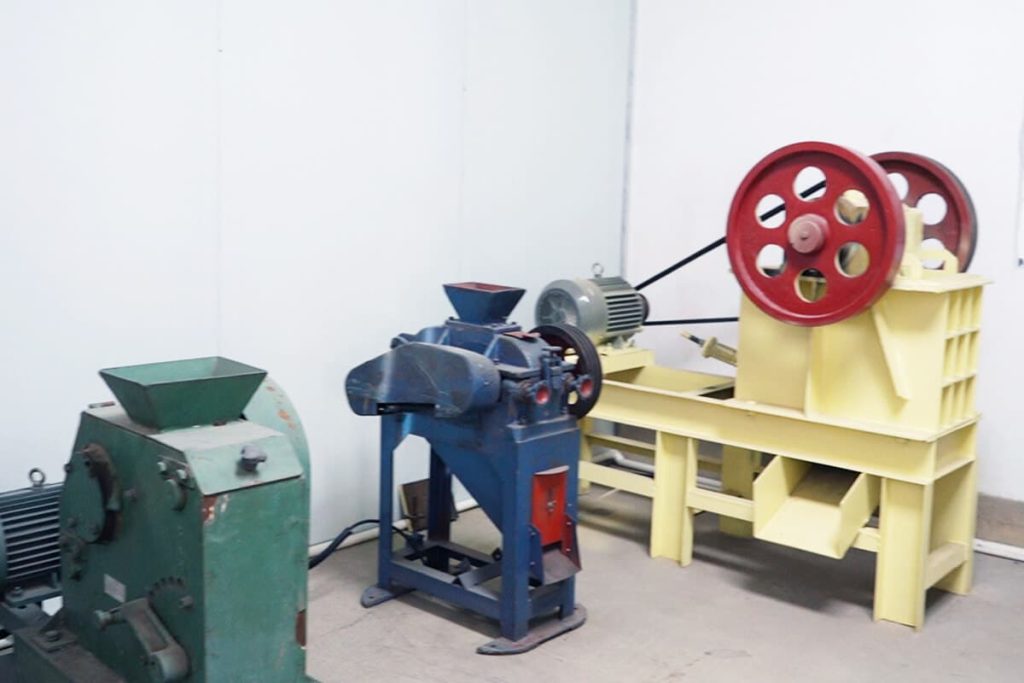
Lab Comminution Testing
Introduction
Comminution test methods used within mineral processing have mainly been developed for selecting the most appropriate comminution technology for a given ore, designing a grinding circuit, and sizing the equipment needed. Laboratory comminution testing involves subjecting solid materials to various comminution processes, such as crushing, grinding, and milling, to determine their behavior and assess the effectiveness of different methods. Existing test methods usually require comparatively large sample amounts and are time-consuming, which makes comprehensive testing of ore comminution behavior – as needed in the metallurgical context – quite expensive. Currently, the main interest in conducting the comminution test lies in determining particle size reduction and related energy consumption by grind ability test methods, which provide the necessary information about mill throughput. Material samples are prepared and processed using specific equipment and operating parameters during lab comminution testing. The resulting particle size distribution is analyzed and evaluated to understand the effects of the comminution process on the material.
Work Principle
The lab comminution testing is based on the fundamental concept of particle size reduction through mechanical forces applied to solid materials. The goal is to evaluate the performance and efficiency of comminution processes and equipment in a controlled laboratory environment.
Laboratory comminution testing allows for controlled experimentation and evaluation of different comminution processes and equipment. It helps understand the behavior of materials and provides insights into the effects of various parameters on particle size reduction. The working principle revolves around replicating and analyzing comminution processes in a laboratory setting to optimize and improve particle size reduction for specific materials and applications.
Main Testing Steps
Step 1: Material Preparation
Representative material samples are collected and prepared for testing. The samples should accurately represent the composition and characteristics of the material being evaluated.
Step 2: Equipment Selection
Suitable comminution equipment is chosen based on the material characteristics and testing objectives. Choose the equipment Based on the material’s hardness, abrasiveness, desired particle size range, and testing objectives.
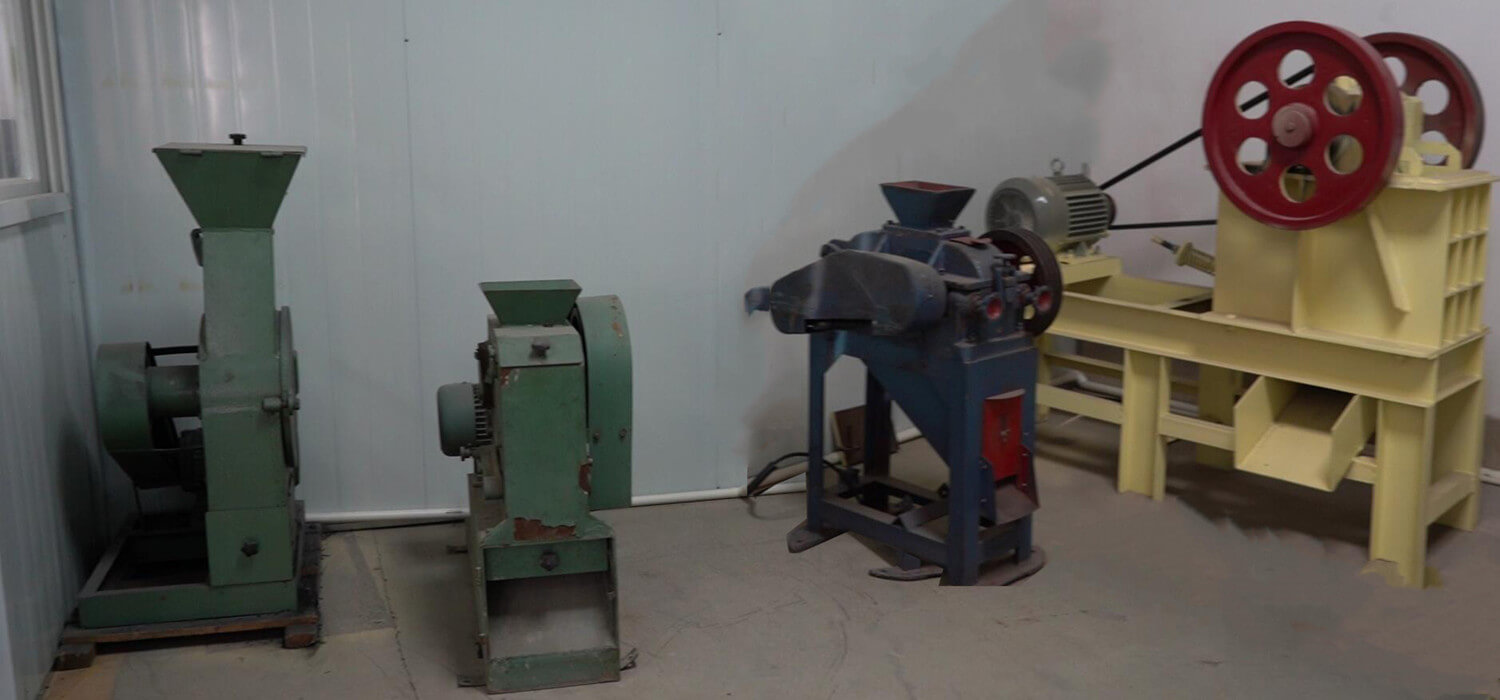
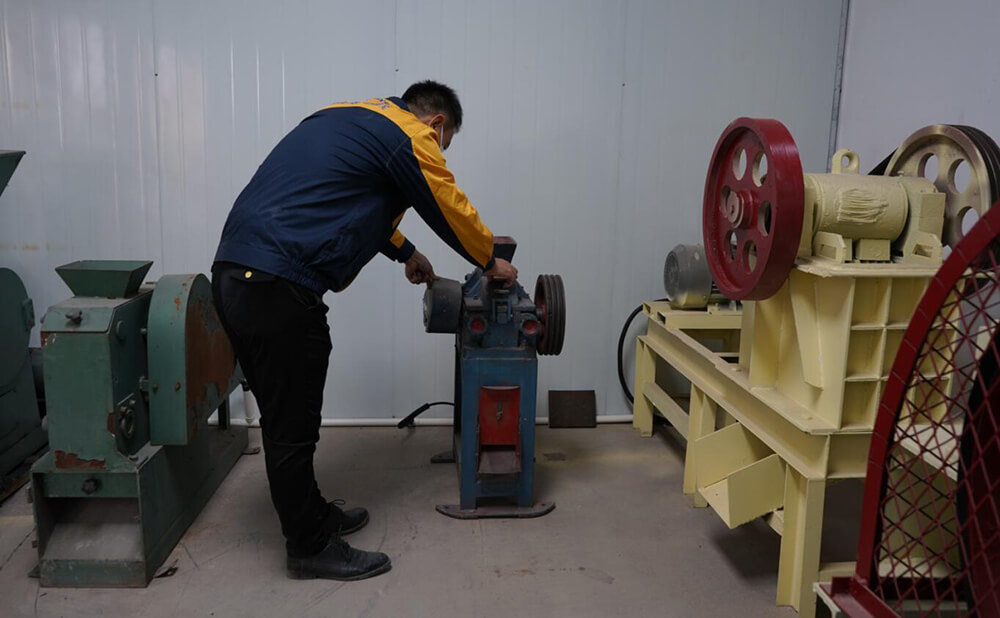
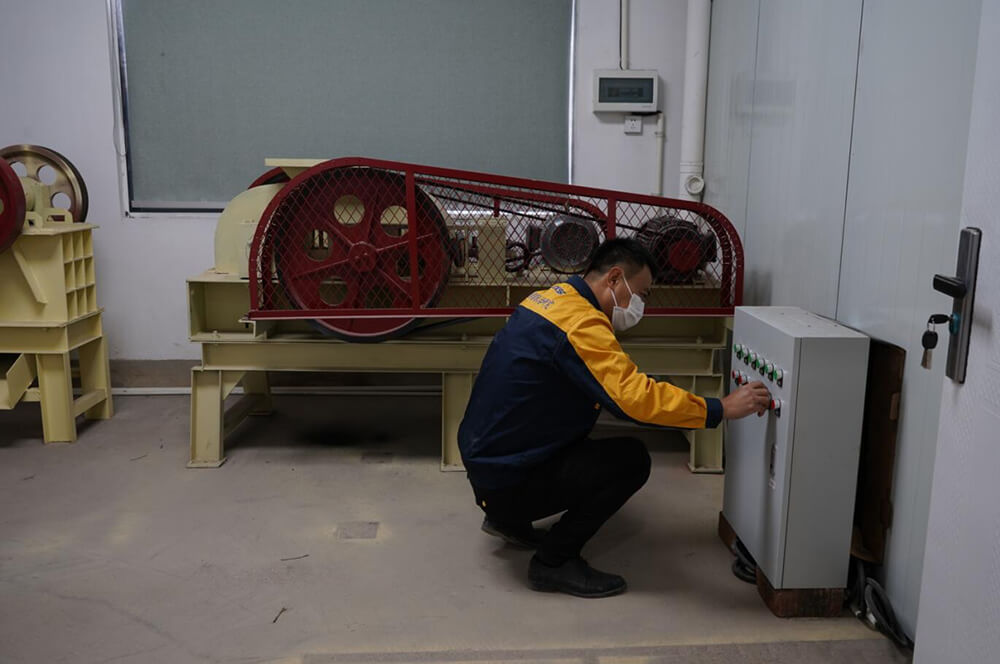
Step 3: Test Setup(parameters, comminution process)
The prepared samples are fed into the selected comminution equipment, and the comminution process is carried out according to predefined parameters, such as feed rate, speed, and duration. The material undergoes repeated cycles of force until the desired level of particle size reduction is achieved.
Step 4: Particle Size & Data Analysis
The resulting product is collected and subjected to particle size analysis. We can use techniques(such as sieving, laser diffraction, or microscopy) to determine the particle size distribution.
The particle size data obtained from the analysis is analyzed and interpreted to evaluate the performance of the comminution process. Parameters such as mean particle size, size range, and particle size distribution are calculated and used to assess the efficiency and effectiveness of the tested equipment and process.
Step 5: Reporting and Recommendations
Compile a comprehensive report including the test parameters, results, and recommendations for process optimization or equipment selection.
Equipment For Comminution
Commonly used equipment in lab mineral comminution testing
- Jaw Crusher
- Hammer Crusher
- Roller Crusher
- Disk Mill
